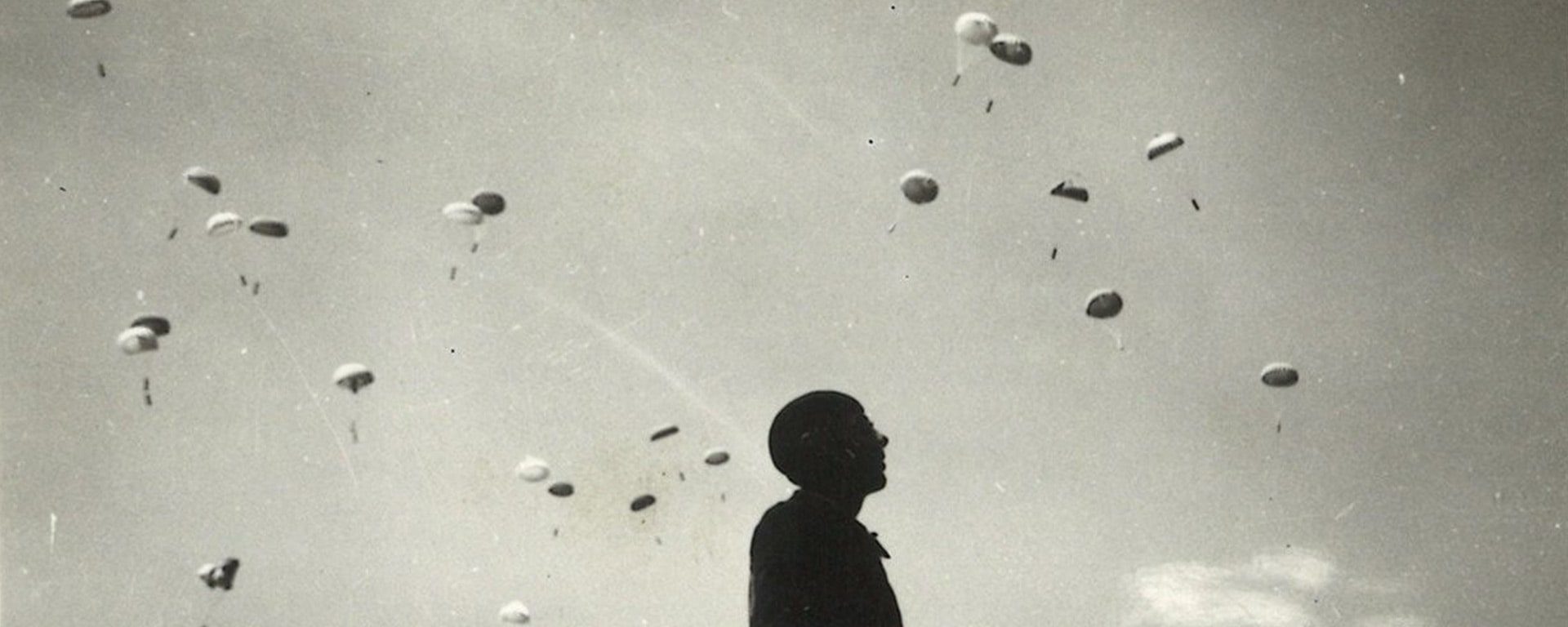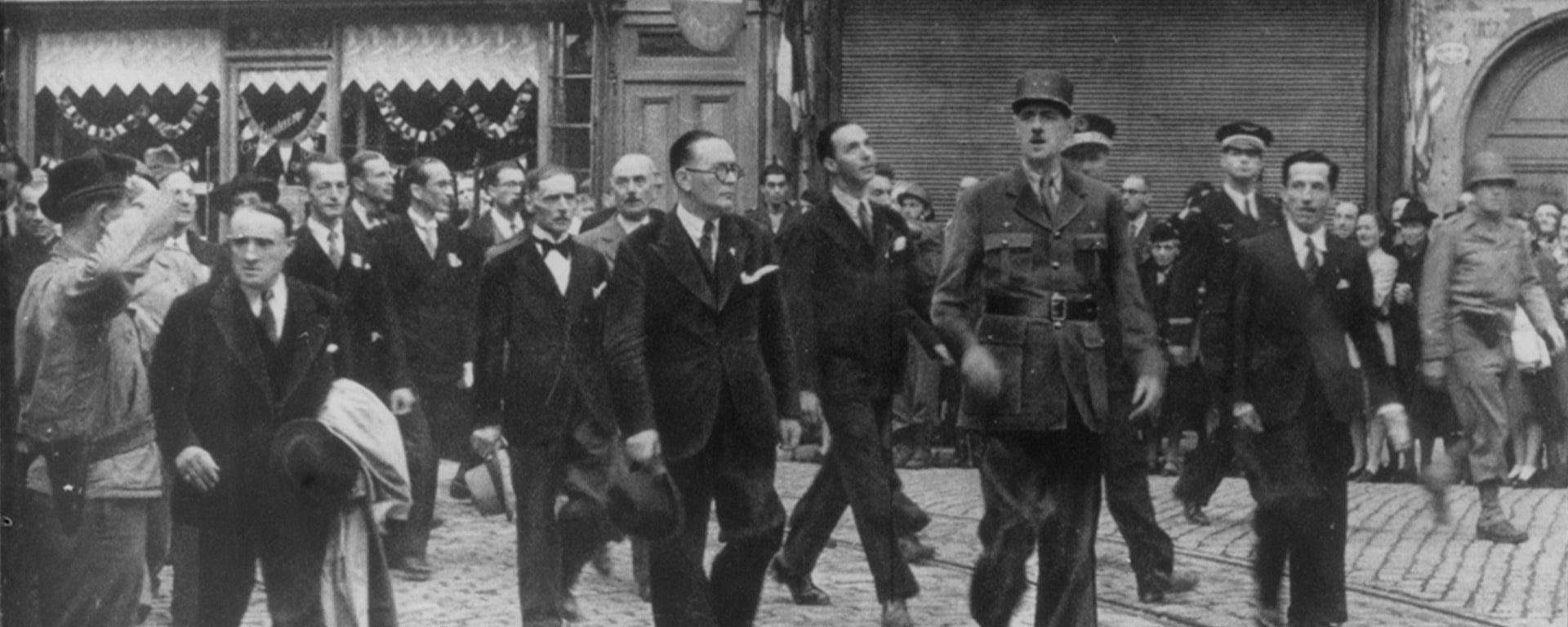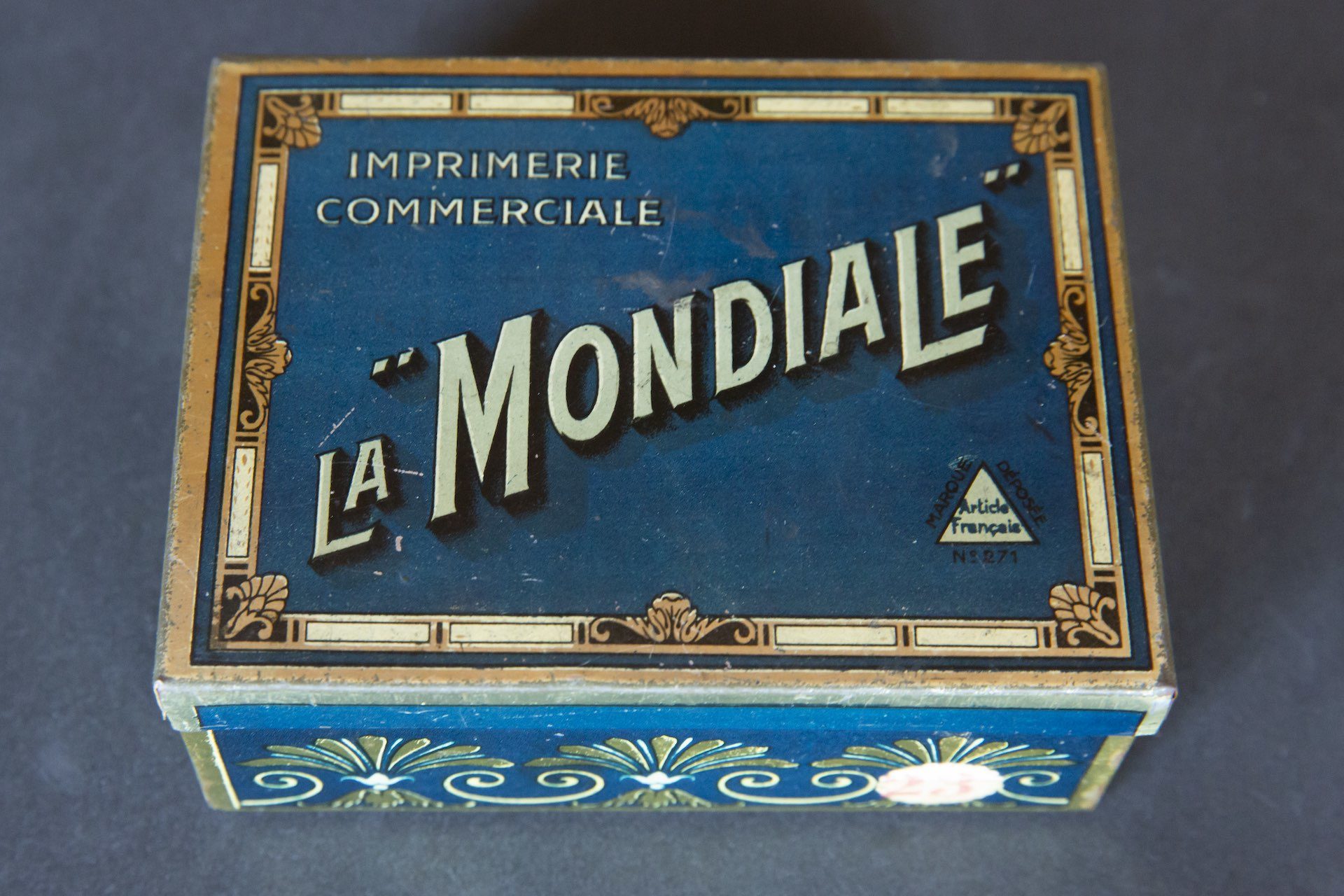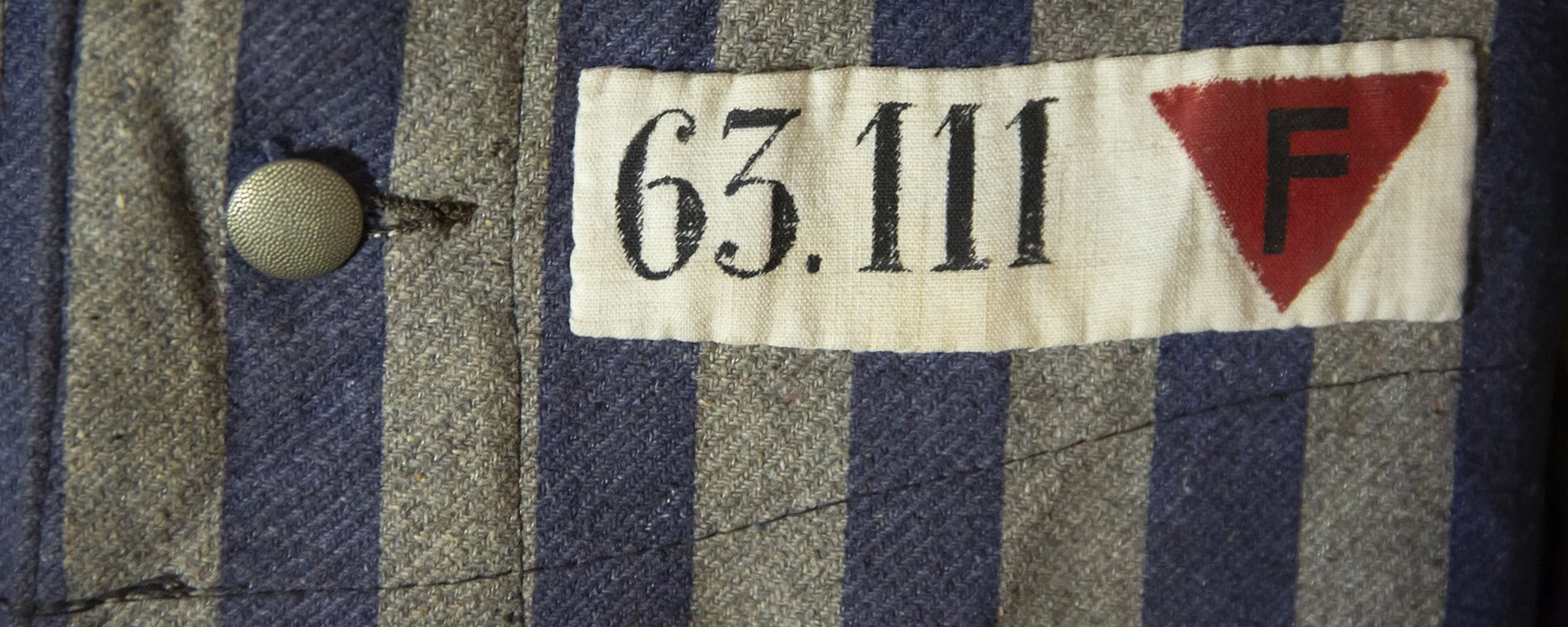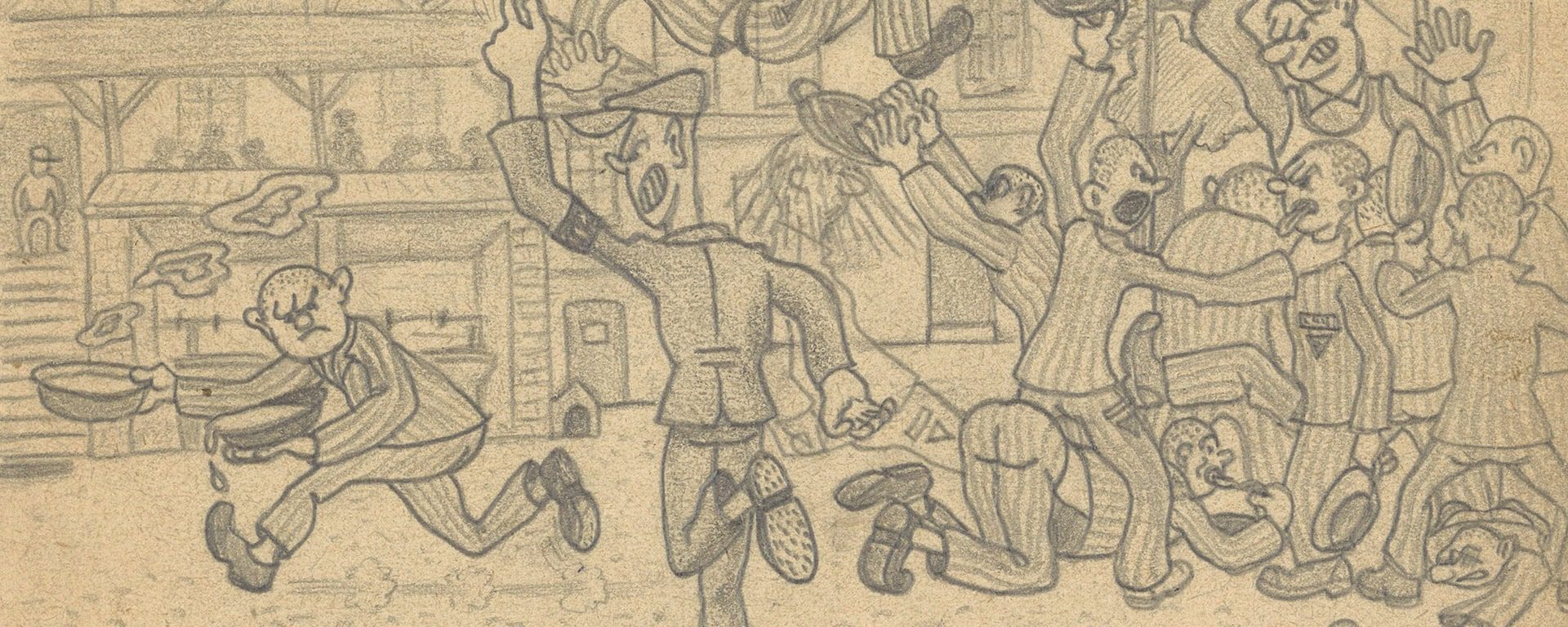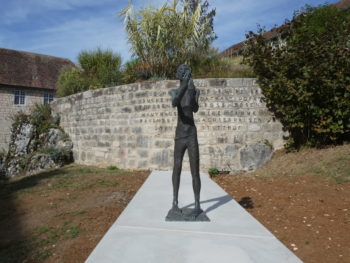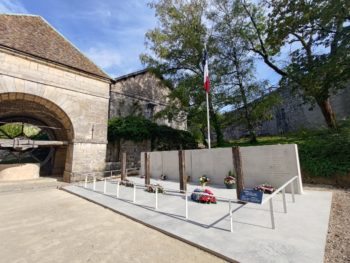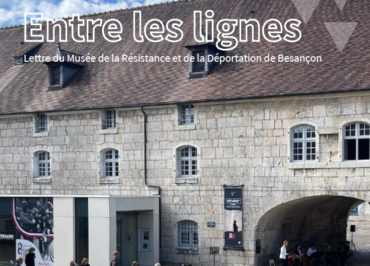The Musée de la Résistance et de la Déportation in Besançon is one of the most important in France.
It houses some extraordinary collections, including a collection of deportation art comprising over 600 small paintings, statuettes and drawings created clandestinely in the Reich's prisons and concentration camps.
Not recommended for children under 10.
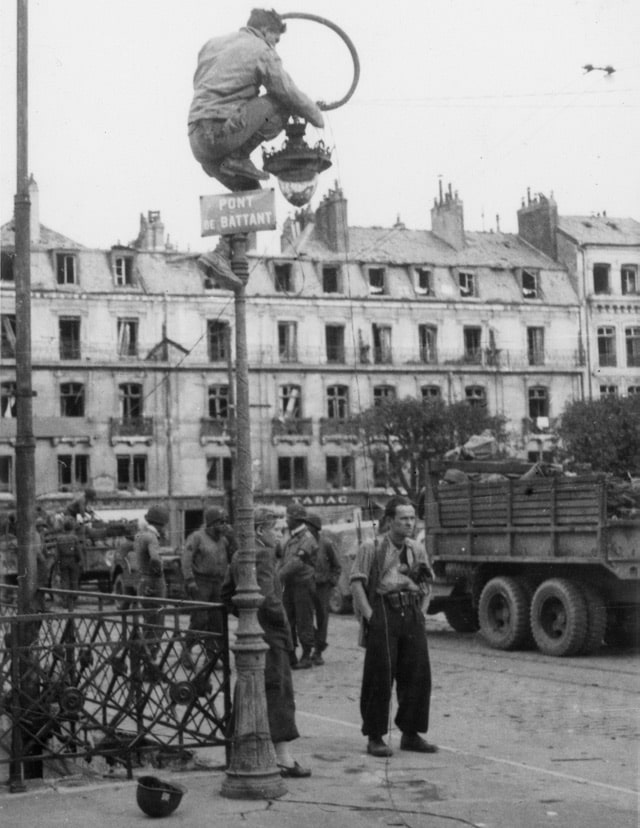
A new museum
After more than 10 years of reflection and 3 years of renovation work, the Musée de la Résistance et de la Déportation reopened its doors on September 8, 2023.
The museum's exceptional collections include over 600 small paintings, statuettes and drawings created clandestinely in the Reich's prisons and concentration camps.
The museum's exhibition spaces have been redesigned around the key idea of the "History Museum as a tool for citizens", which places the emphasis on questioning, knowledge and perspective, and on history as critical knowledge.
It now offers 3 distinct exhibition areas:
- A transformed permanent exhibition space
- A temporary exhibition space, featuring a new exhibition every year
- A space dedicated to deported art, the museum's treasure trove, one of the largest in Europe.
Since its creation, the museum's collections have been built up thanks to donors, illustrating the sometimes intimate bond between the establishment, the witnesses and their families.
Just a stone's throw from the museum, the Monument du Témoin pays tribute to those who were deported.
The Fusillés monument commemorates the sacrifice of 98 members of the Resistance, condemned to death and executed by the German army between 1941 and 1944. It was restored as part of the museum's renovation.
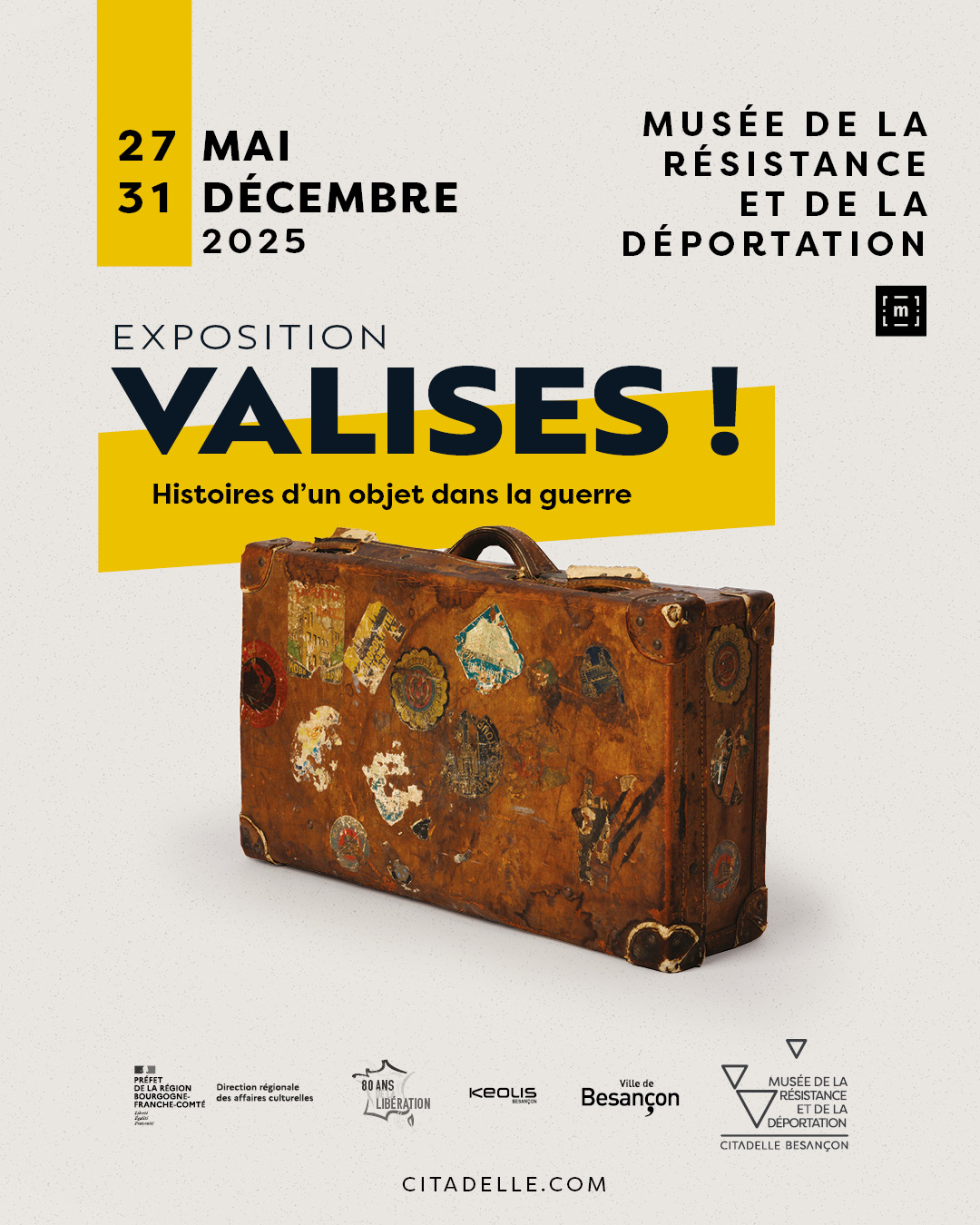
Exposition Valises ! Histoires d’un objet dans la guerre
À découvrir du 27 mai au 31 décembre 2025.
Pour sa nouvelle exposition temporaire, le musée
a imaginé un parcours autour d’un objet du quotidien, la valise. Aujourd’hui synonyme d’évasion ou
de voyage, elle illustre également d’autres réalités dans le contexte de la Seconde Guerre mondiale :
l’exil des républicains espagnols, l’exode, le combat de la Résistance, la déportation, l’extermination
des Juifs, ou encore la préservation des traces de l’histoire pour les générations futures. À partir de ses
collections et grâce à de nombreux prêts, le musée se propose d’explorer l’objet et ses différents
usages. Musée d’histoire, outil citoyen, le musée de la Résistance et de la Déportation poursuit ainsi
sa réflexion sur l’Histoire, les traces qui subsistent aujourd’hui et les interrogations qu’elles suscitent
dans notre monde contemporain.
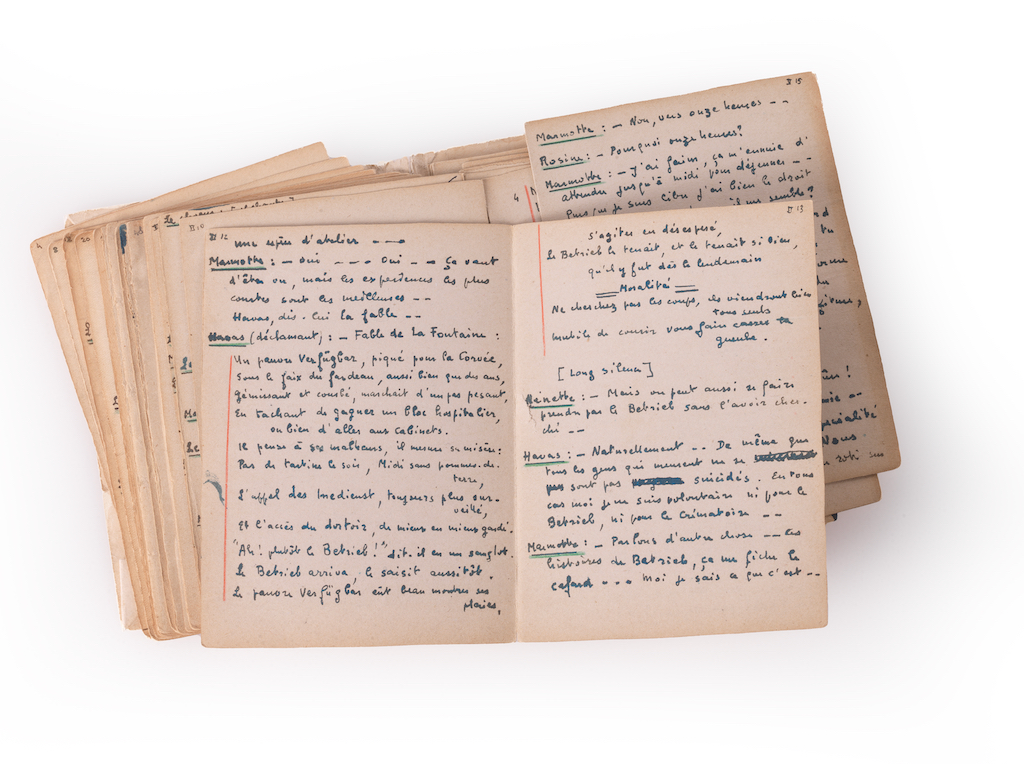
© Studio Bernardot
Highlights to discover
Embodying the museum's historical themes, discover these collections.
Discover the collections
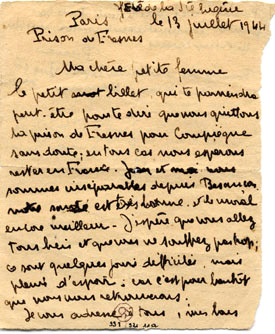
Some of our collections are available
online.
Discover other rare collections on the Mémoire vive website of the City of Besançon.
Agenda
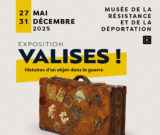
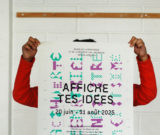
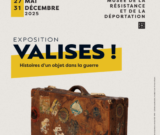

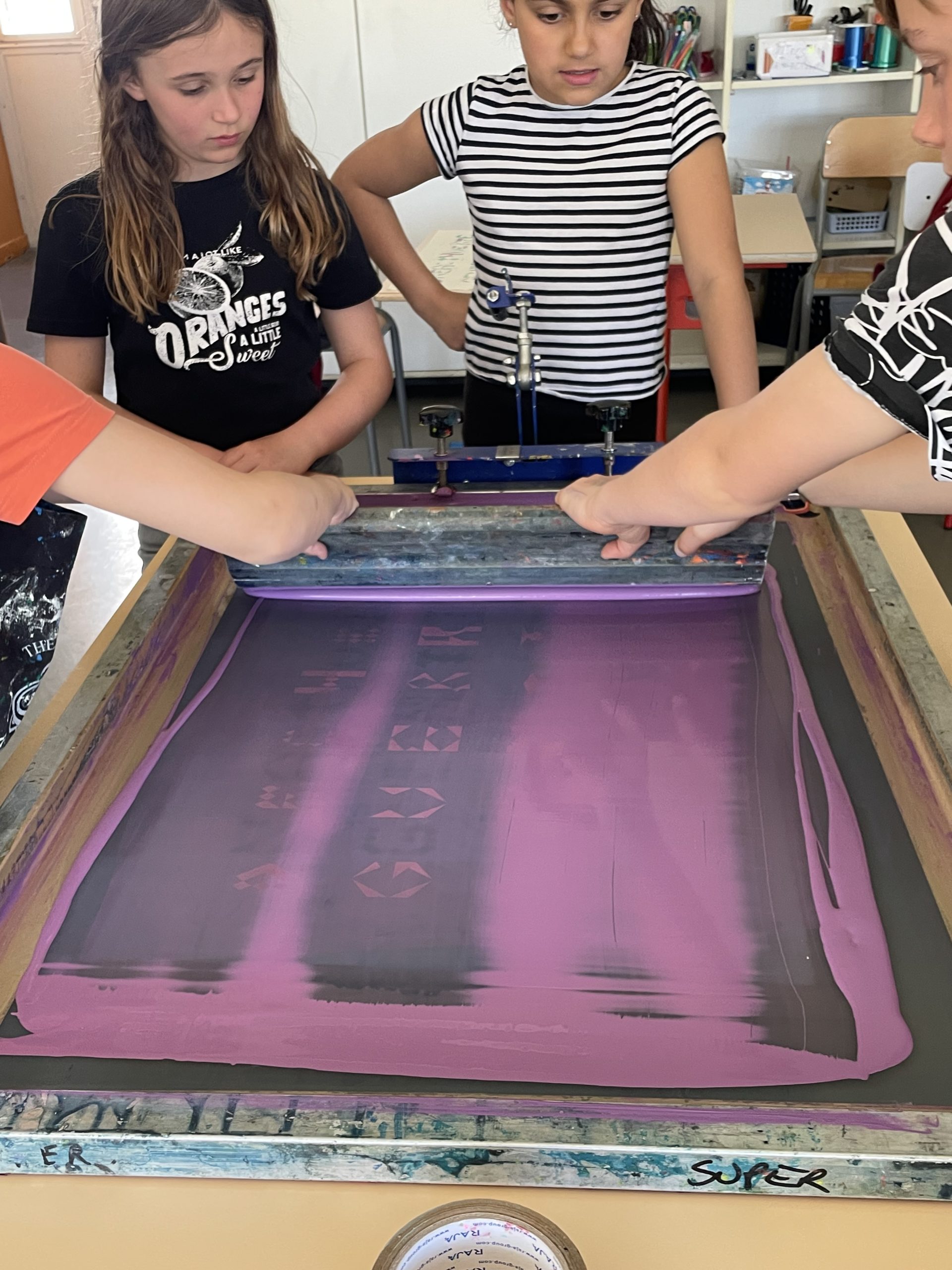
Focus on ...
Exposition des Parcours culturels
Affiche tes idées !
Du 20 juin au 31 août, les élèves des classes de CM2 des écoles Charles Fourier et Paul Bert de Besançon présentent dans le musée le fruit de leur travail dans le cadre des Parcours culturels (PEAC).
Au cours de l’année scolaire, à partir de tracts issus des collections du musée, les élèves ont travaillé autour de la Résistance par les mots. À leur tour, ils ont choisi des valeurs qui leurs sont chères et les mots pour les diffuser. Accompagnés par le collectif artistique Superseñor, ils ont imaginé, fabriqué et imprimé leurs tracts grâce à un atelier mobile de sérigraphie.
Salle de conférence Odile Selb-Bogé, 2ème étage du musée
20 juin au 31 août 2025
9h-18h en juin puis 9h-19h en juillet-août

